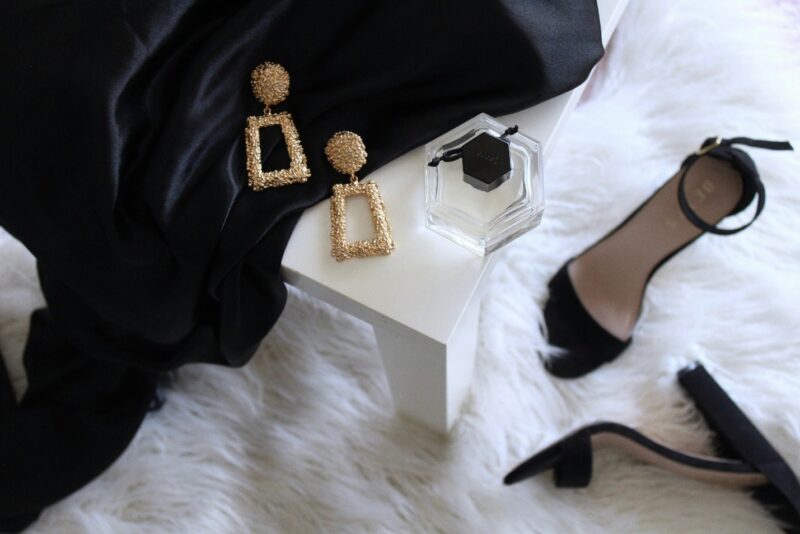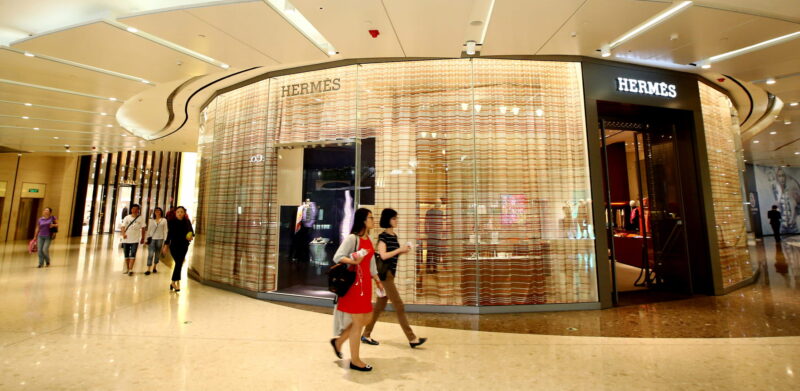Fashion & Luxury
China’s luxury market is expected to surpass that of the Americas and Europe and impose itself as the world’s largest luxury goods market by 2025. However, as of 2021, Chinese spending on luxury goods has not returned to its pre-pandemic levels yet due to sporadic Covid-19 outbreaks. Meanwhile, the local luxury market is continuously evolving: the shift in Chinese luxury consumer demographics, the rise of local luxury brands, the launch of Hainan Free Trade Zone, and the demand for more digital, sustainable, and customized services are all reshaping China’s luxury industry.
The survival of international luxury brands in China will depend on their ability to surf new trends and adopt strategies aimed at preserving their products’ appeal to the new generation of Chinese consumers.
Download our China luxury industry white paper

In 2019, China’s fast fashion market was worth 273.54 billion yuan, with a year-on-year increase of 16.9%. Local brands are now able to stand up to big international names, such as Zara, Uniqlo, H&M and GAP.
Regarding the big players of China’s fast fashion market, Adidas ranks at the top, with a market share of 1.9% in 2019. Nike and HLA occupy second and third position. Uniqlo, Anta, Li Ning, Skechers, Balabala, Jack&Jones and Xtep follow in the ranking.
After the introduction of the second-child policy, China’s birth rate has increased significantly in 2016 and 2017. From 2016 to 2018, the population of 0-14 years old in China increased by 1.3%, 1.5%, and 0.7%, respectively, and exceeded 235 million. Young parents have become an important driving force for children’s fashion market in China.
China’s childrenswear hit 209.1 billion yuan in 2018, boasting a year-on-year increase of 16.2%. In the next five years, it is expected to maintain a compound growth rate of 13%, reaching 385.7 billion yuan by 2023.
Between 2015 and 2018, benefiting from the rapid development of China’s e-commerce industry, online fashion market showed an overall growth trend year by year. In 2018, fashion e-commerce in China reached a market size of 820.5 billion yuan, recording a year-on-year increase of 22%. However, the following year growth did not stop and the online fashion turnover surpassed 1 trillion yuan.
Chinese men are more and more concerned about their looks, thus they spend more money than ever on clothing. Men’s fashion accounts for 27.6% of China’s apparel market. Data show that in 2018, sales reached 572.6 billion yuan, boasting a year-on-year increase of 6.5%. Like the women’s clothing market, men’s clothing is on the verge of saturation. In spite of that, China’s menswear market has risen between 2017 and 2018, but it suffered a sharp decline in its year-on-year growth in 2019 due to the overall market instability, reaching about 580 billion yuan. Streetwear, gender-neutrality, Guochao and retro style are some of the major trends influencing men’s fashion in China today.
The overall proportion of male and female consumers of luxury goods in China is relatively balanced. Female luxury consumers account for 56.2% of the total. Moreover, people purchasing luxury goods mainly live in first-tier cities, such as Beijing and Shanghai, and new first- and second-tier cities, such as Chongqing, Tianjin, Chengdu, and Shenzhen.
Consumers of luxury goods in China mainly consist of people belonging to the age range 18-25 years old and they usually have a high level of education.
Shoes and jewelry were the two fastest-growing categories of luxury goods in 2019, both achieving a growth rate of 9%, followed by leather products, which vaunted a 7% increase. Luxury cosmetics, instead, increased by 3%, while the overall performance of luxury wearables was quite weak since they closed 2019 with a decline of 2%.
Jewelry is an emerging segment in China’s fashion market. In recent years, with the continuous growth of the household disposable income, the jewelry market jumped from 527 billion yuan in 2013 to 788.5 billion yuan in 2018.
In 2019, China’s gold jewelry market was worth 366.7 billion yuan and in 2020 it reached 377.7 billion yuan.
However, there is still a lot of room for further development in China’s jewelry market: it is expected that sales will continue to grow rapidly in the next few years and forecasts show that by 2022, its market size will exceed 800 billion yuan.
According to the forecast of the China Commercial Industry Research Institute, the COVID-19 had a major impact on the fashion industry in China, leading to a year-on-year decrease of 13.8% in garment production.
Furthermore, the outbreak of the COVID-19 affected China’s jewelry and luxury market. In the first half of 2020, LVMH revenues amounted to 18.4 billion euros, recording a year-on-year decrease of 28%. Kering Group’s turnover suffered a 29.6% year-on-year drop as well, totaling 5.3 billion euros. However, with the prevention and control of the epidemic, gold consumption continued to rise in the second quarter, and gold jewelry consumption ushered in the process of recovery.




